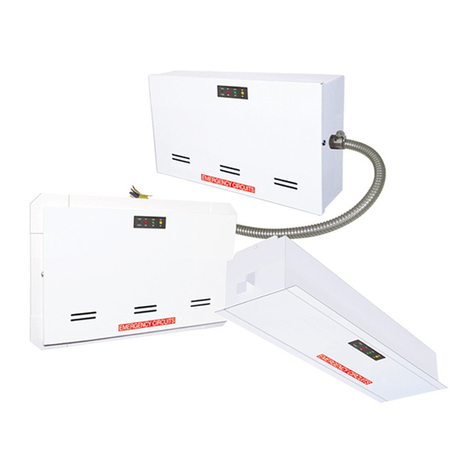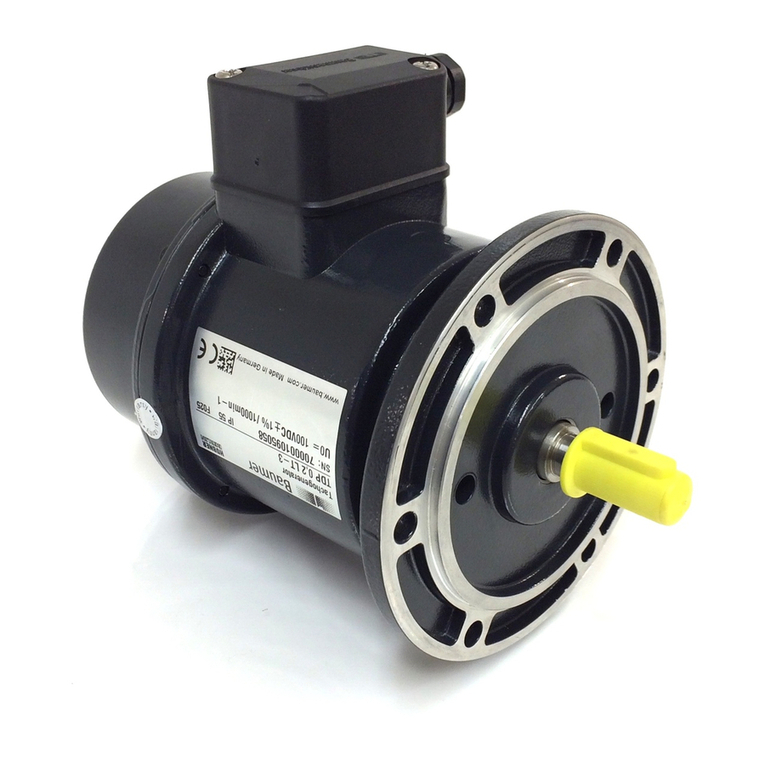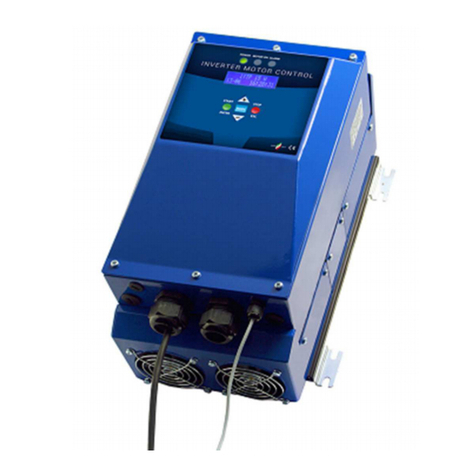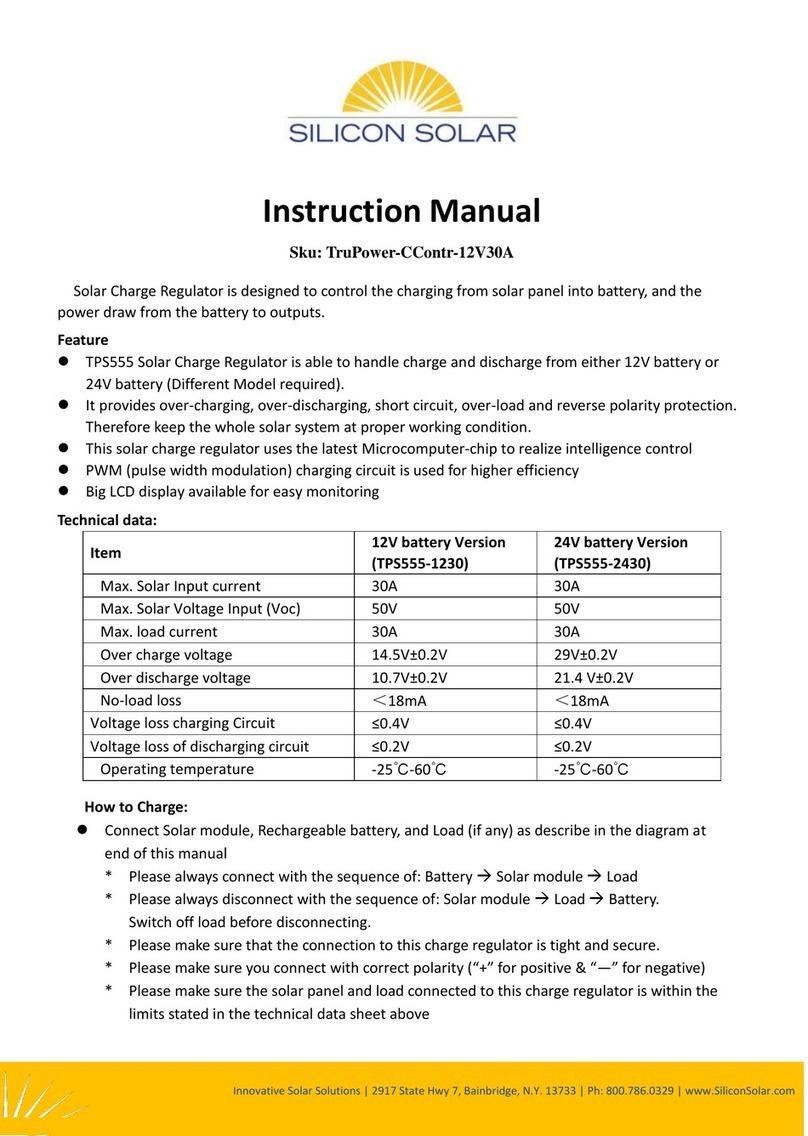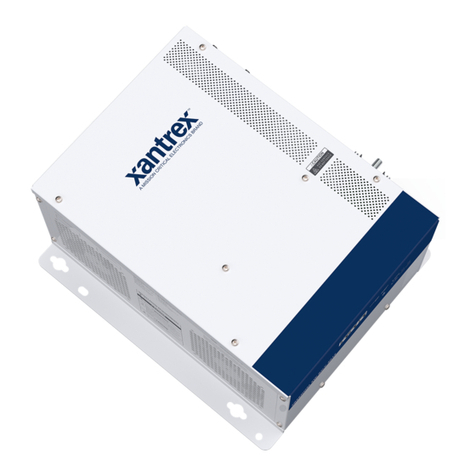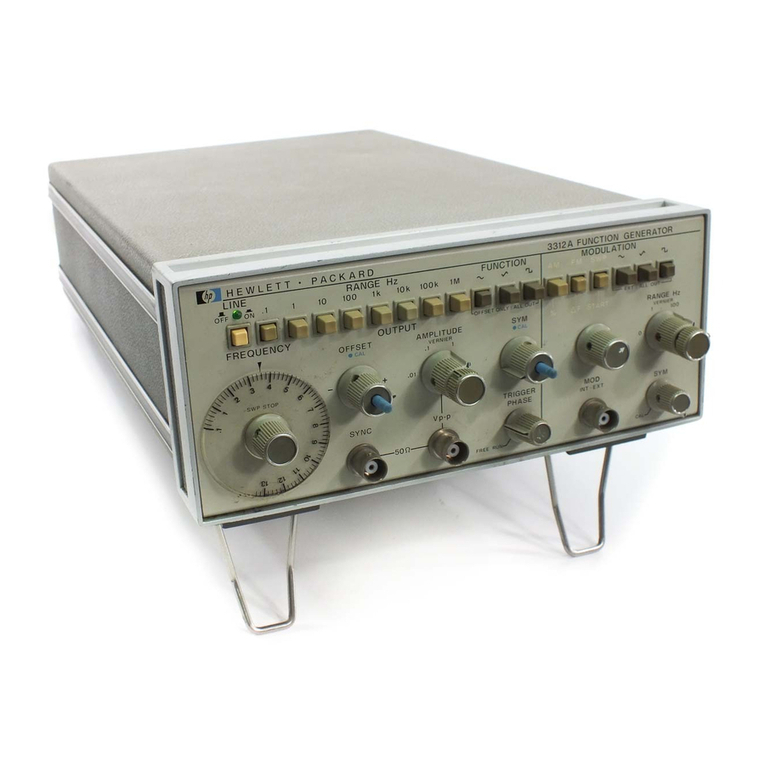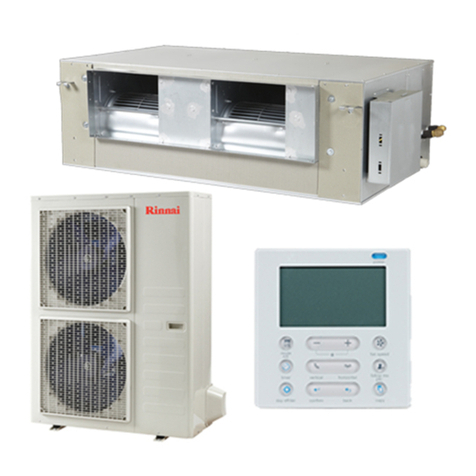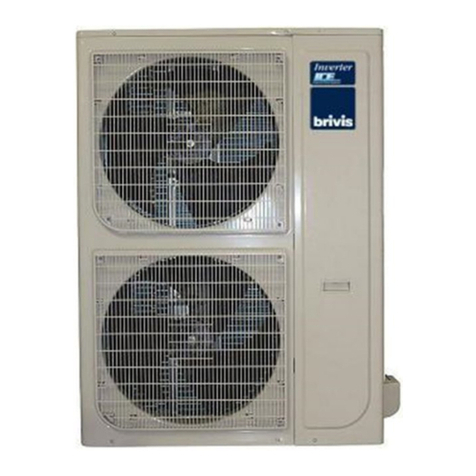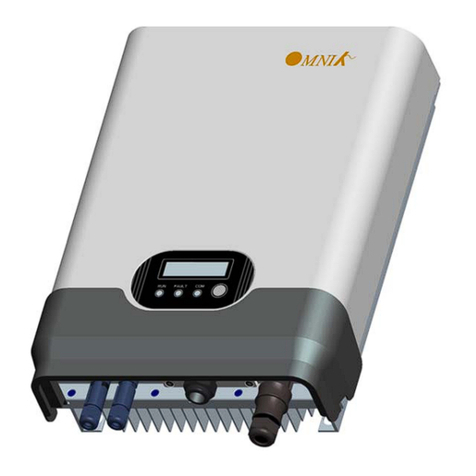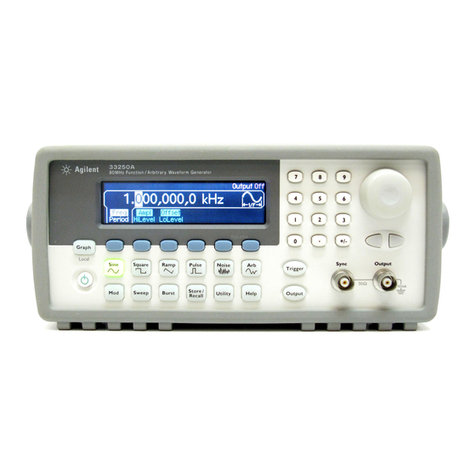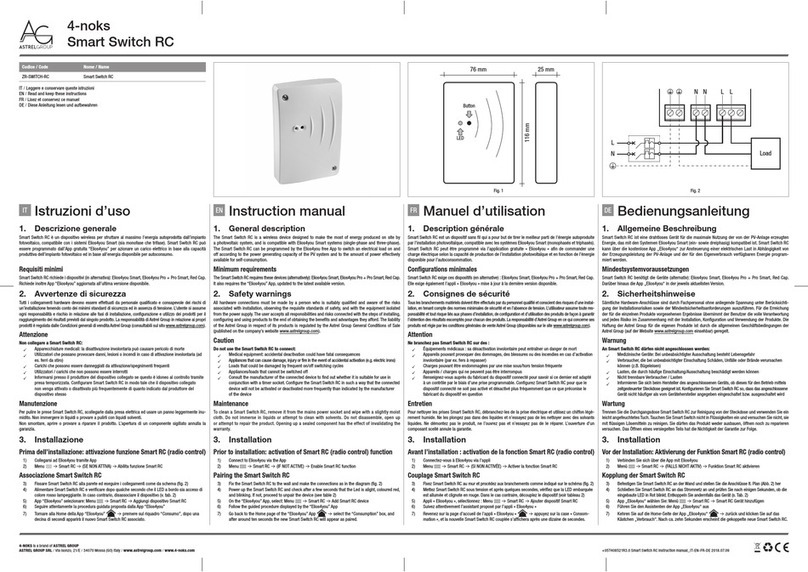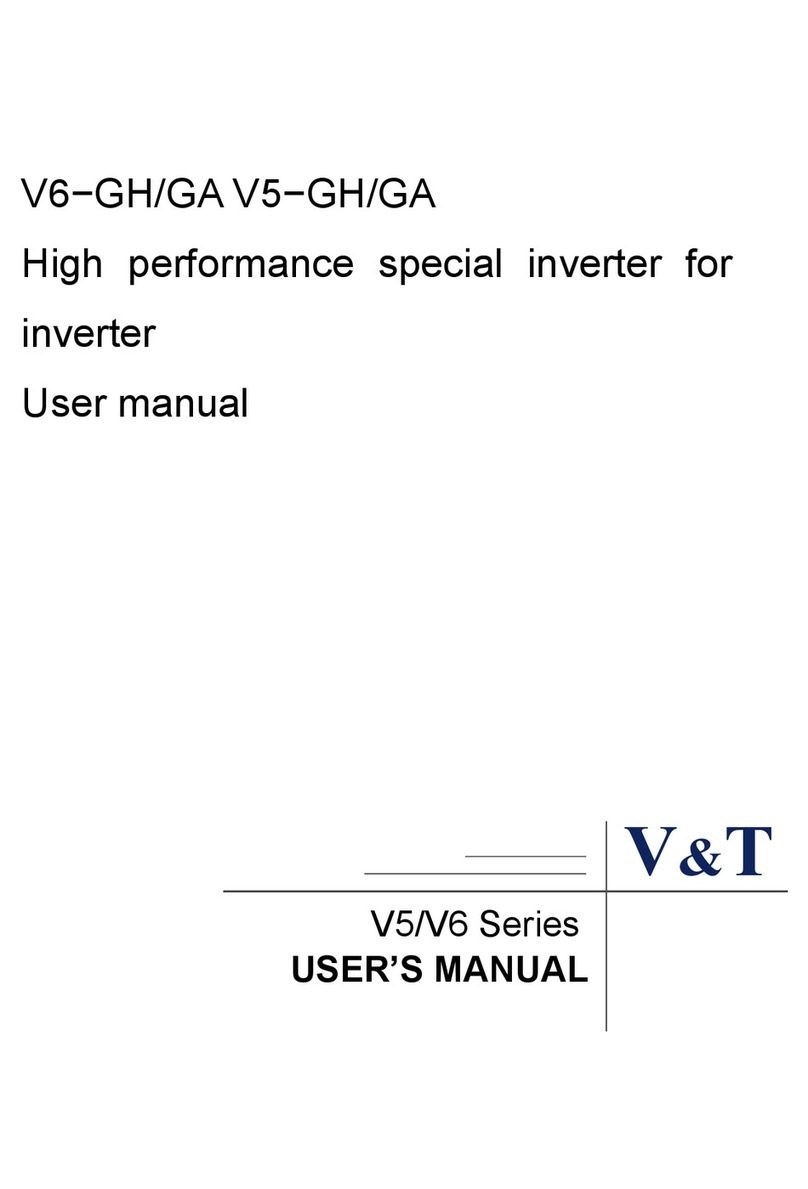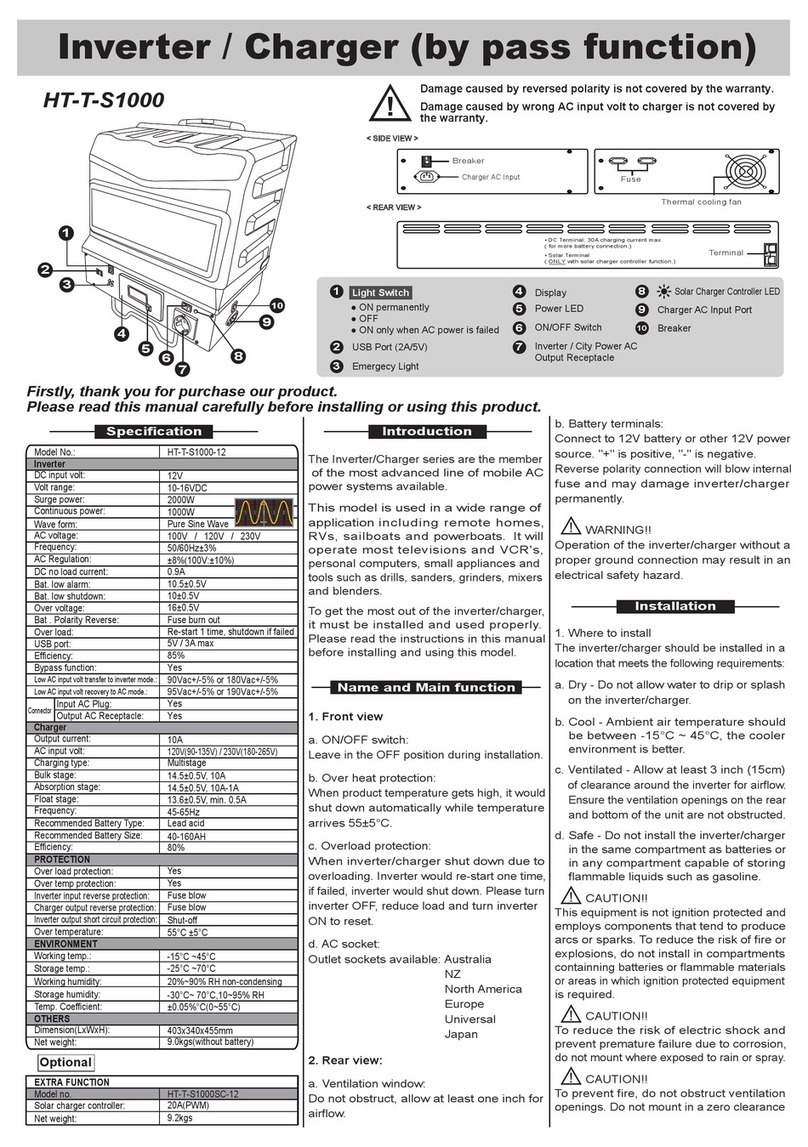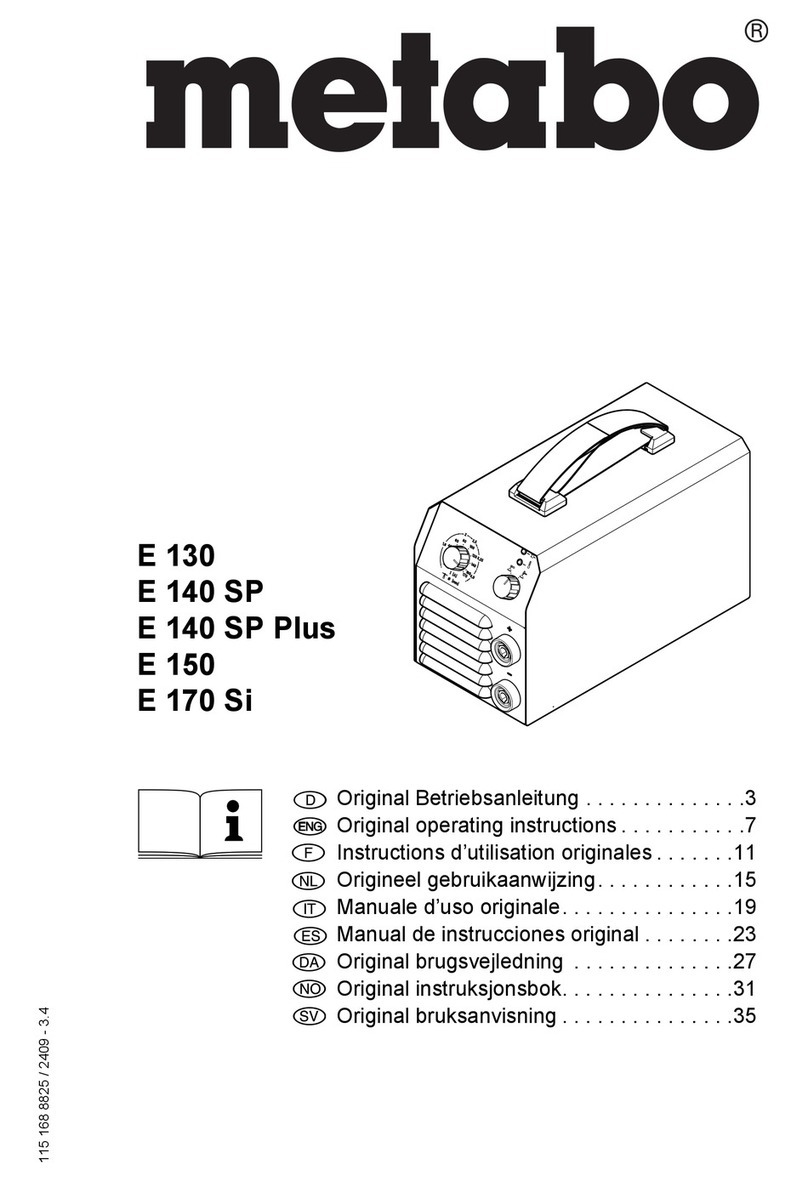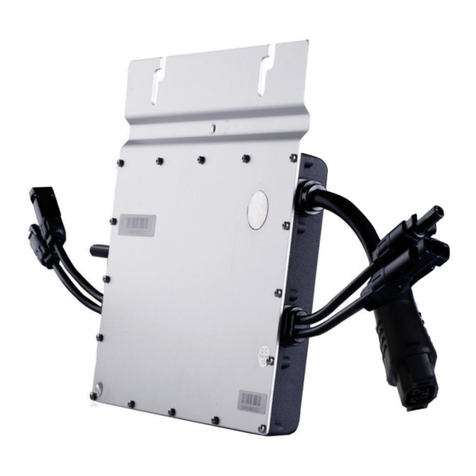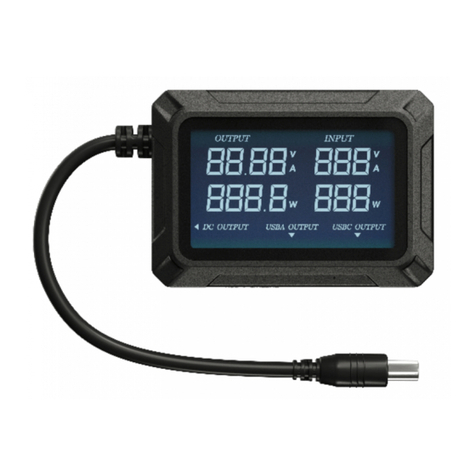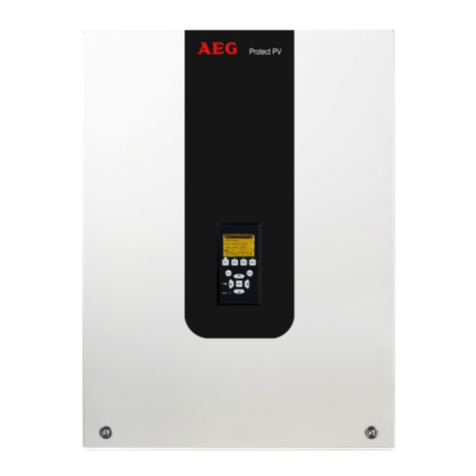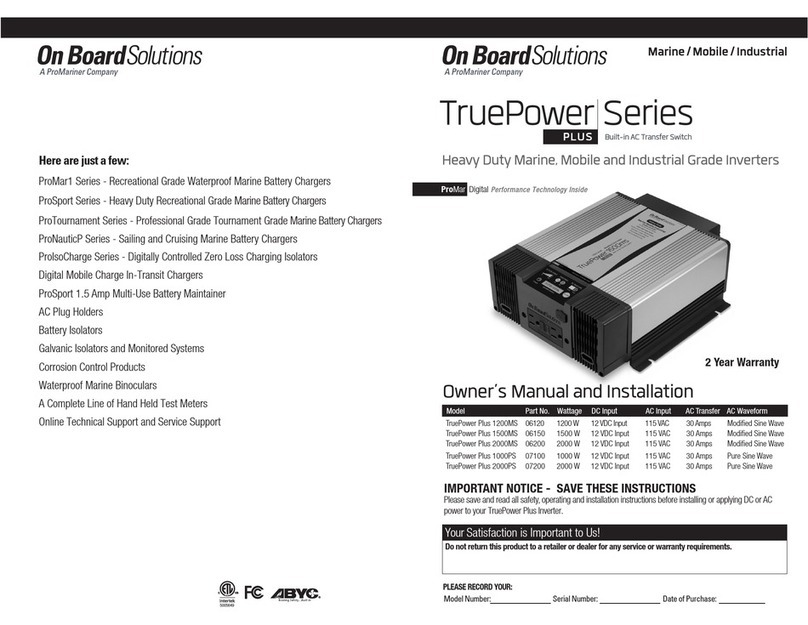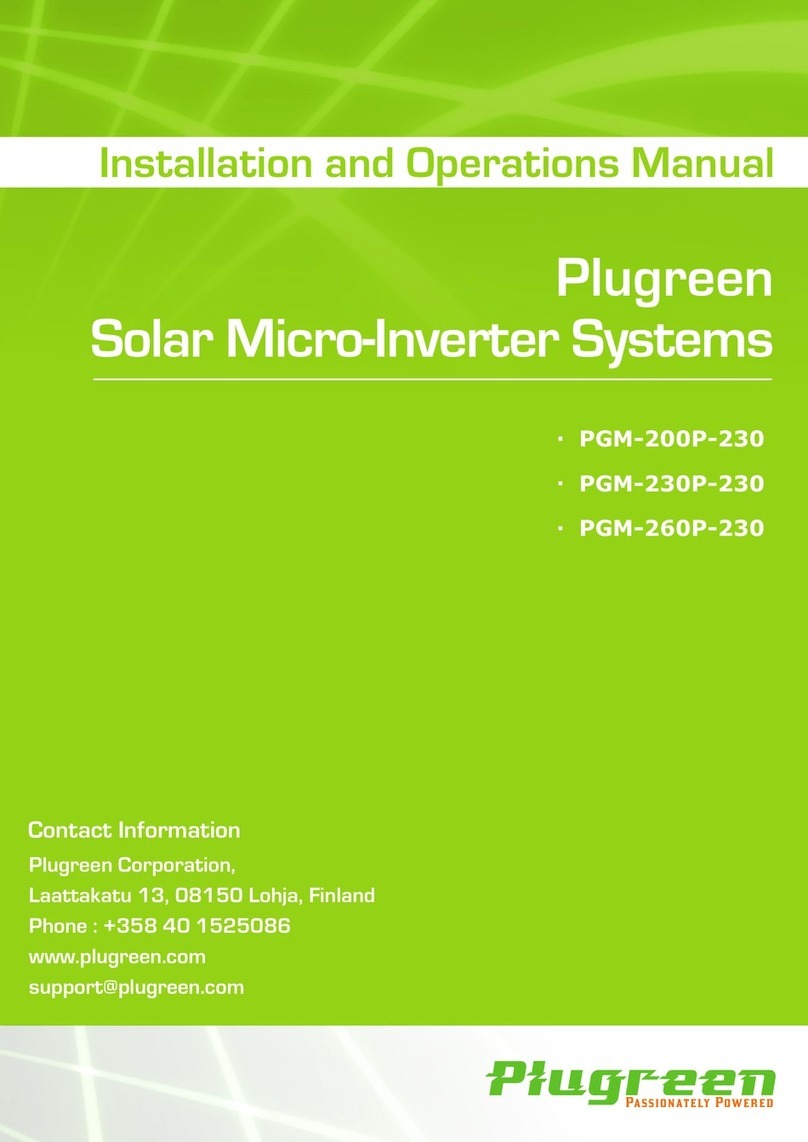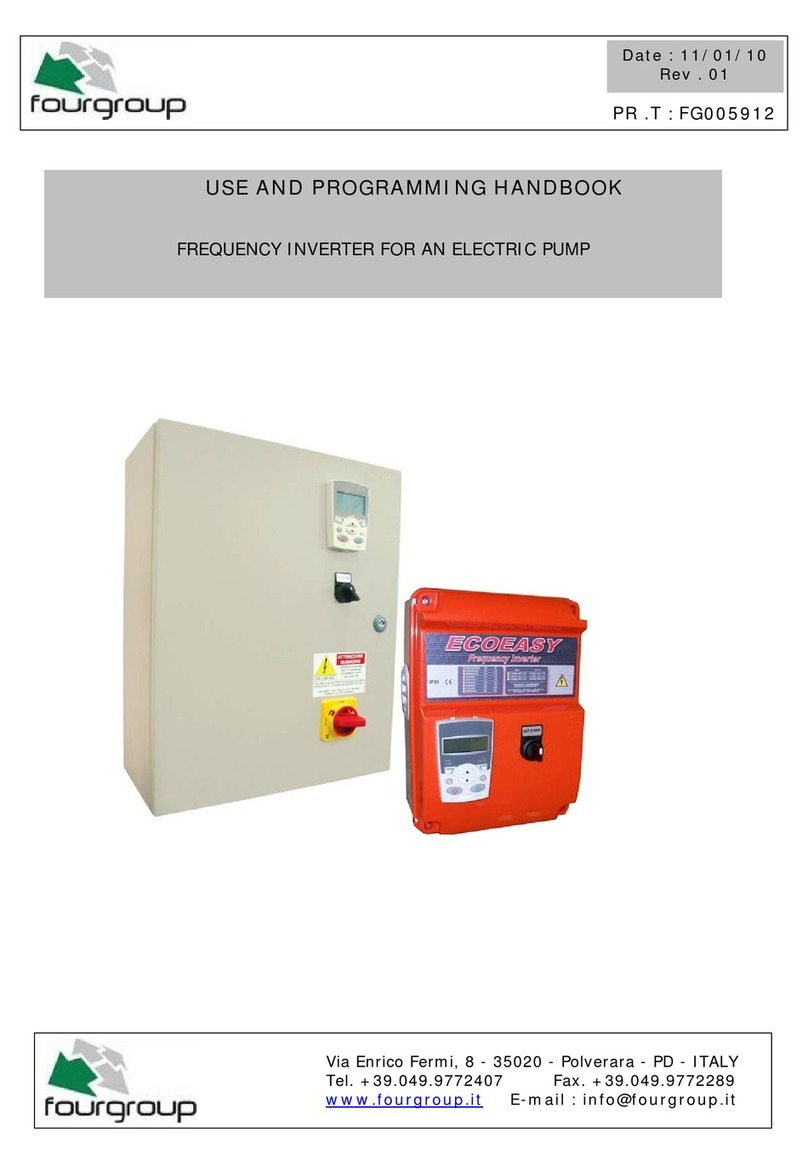
Rinnai 8 EVT DD Solar Pre Heat System Operation and Installation Manual
REGULATIONS AND OCCUPATION HEALTH AND SAFETY (OH&S)
Installation and commissioning must be performed by authorised persons.
Solar systems must be installed in accordance with these instructions and all regulatory
requirements which exist in your area including those in relation to manual lifting, working at
heights and on roofs. Applicable publications and regulations may include:
• AS/NZS 5601 Gas Installations
• AS/NZS 3500 National Plumbing and Drainage
• AS/NZS 3000 Wiring rules
• Building Codes of Australia (BCA)
• Local Occupational Health and Safety (OH&S) regulations
This appliance is not suitable for use as a domestic spa pool or swimming pool heater.
Solar collectors are heavy and bulky items and are usually positioned on the roofs of buildings.
Australian State and Territories have a principal Occupational Health and Safety (OH&S) Act
which contains requirements relating to the handling of large, bulky or awkward items and the
prevention of falls from elevated surfaces. Persons installing solar collectors must be aware of
their responsibilities and be adequately trained and qualied, in accordance with local OH&S
requirements.
LOCATION - GENERAL INFORMATION
All system components must be in an accessible location. The storage cylinder must be accessible without the use
of a ladder or scaffold. Sufcient clearances shall allow access to, and removal of, all serviceable parts. Ensure the
PTR valve, pump kit, drain lines and thermostat and elements for electric systems have sufcient clearances and
are accessible for service and removal. The information on any data plates must also be readable. In the case of
vitreous enamel lined cylinders, leave a clearance of the height of one storage cylinder above the cylinder being
installed so the sacricial anode can be inspected and replaced. This does not apply to stainless steel cylinders.
Select suitable areas of roof on which to install the solar collectors as close as practicable to the cylinder. Ensure
that the area is even and without cracked or damaged tiles. Collectors should be positioned for optimum solar
benet.
Not suitable for use in cylone areas.
HI RISE KITS IN CONJUNCTION WITH SPLIT SYSTEM FLAT ROOF FRAMES
For buildings higher than 10 metres the specications for securing solar panel frames to the building structure need
to be determined on a case by case basis for each building by a person qualied to do so in accordance with the
Building Code of Australia (BCA). Such specications relate to the type of fastenings, the number of fastenings and
their embedment into the building structure. They are determined from factors including the geographical location
and topography, the prevailing wind conditions, building dimensions, rooftop form and structural materials, and
the intended location of the solar panels relative to building internal, edge and corner zones. The BCA references
AS1170.2 “Structural Design Actions Part 2: Wind Actions”, AS3600 “Concrete Structures” and AS4100 “Steel
Structures” in relation to these specications.
STORAGE CYLINDER LOCATION
The solar storage cylinders have an ingress protection rating of IPX4 making them suitable for internal or external
installation. Rinnai ‘external’ gas boosters are suitable for external installation only.
Storage cylinders must be installed in freestanding mode on a level and stable base. For external installations,
storage cylinders should be mounted on a concrete base at least 50mm thick or on well seasoned, evenly spread
hardwood slats with a thickness of at least 25mm. Where property damage can occur, storage cylinders should be
installed with an approved safe tray (overow tray).
Ensure the cylinder does not stand on wet surfaces.
INSTALLATION
